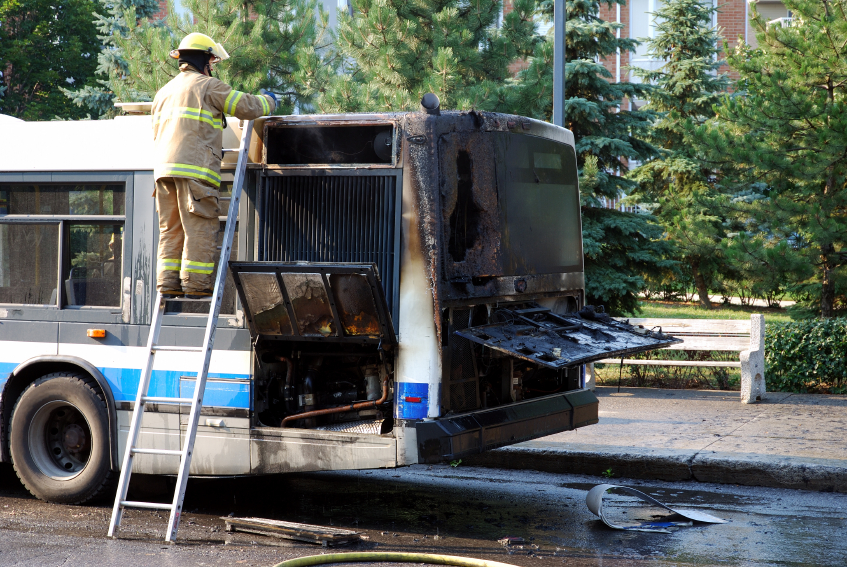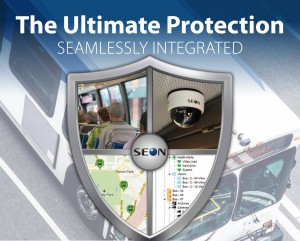When public transit is involved in a traffic accident, crash investigators have the difficult task of accident reconstruction. This usually involves an examination and analysis of the roadway, physical evidence, and vehicle damage. Investigators traditionally have produced collision analysis, speed analysis, crash scene mapping, and computer aided drawing programs to simulate what happened.
But the recent proliferation of mobile DVR systems can virtually eliminate the guesswork by letting investigators actually see what took place both inside and outside of the bus. Here are just four ways that DVR systems can be an important tool for public transit accident reconstruction:
1. Analysis of Existing Video by Investigators
The way that evidence is presented can influence the outcome of a fair trial; both parties involved in an accident have attorneys that will be fighting for the success of their individual case. This is what makes the work of an accident reconstruction investigator important. The analysis of existing video in the case is valuable, as the findings may help simplify complex details for jurors. Video footage may prove that the claims made by the plaintiff are true, but they may also prove that the accident was brought on by the injured party, rather than the defendant.
2. Dashboard Cameras — Driver’s Point of View
It is a good idea to have front-facing cameras on transit buses. Dashboard/windshield cameras typically have greater than a 90 degree field of view, giving a superior overview of the scene ahead; ideal for accident reconstruction. Seon’s CHW HD Wedge windshield bus camera is available with a 2.5 mm lens in support of front-facing applications for a wide-angle view of the road from the driver’s point of view.
3. Video Management Software — Precise Data at your Fingertips
Video management software helps you zero in on the details of the accident and see what exactly occurred. Administrators can retrieve key details about onboard incidents using video synchronized with mapping software. Video data can easily be retrieved when searching by video clip, alarm, or date and time. Seon’s vMax® View lets you see telemetric data such as GPS tracking (location, direction, and route taken), speed, signals, and idle time information. All of these pieces of evidence can help plead your case and set the facts straight.
4. Digital Accelerometer — Driver Behavior & Accident Detection
Accessories like an accelerometer can either be added to your existing DVR system, or they are often already incorporated within the DVR. Seon’s XELR-8 Digital Accelerometer includes two modes of detection: accident and driver behavior. The accident detection mode is triggered when the vehicle safety threshold is exceeded. Driver behavior mode is triggered by a vehicle’s excessive skidding, braking, and acceleration. With video management software, you can then quickly receive the data you need to know if the accelerometer was triggered during the time of the accident; thus, providing more valuable evidence for your particular case.
These are just four ways that DVR systems can help solve what happened in the case of a transit accident. Video is the proof you need to avoid false accusations and lawsuits; video may help absolve the driver of fault, and your company from paying a huge settlement for injury or property and vehicle damage. Why take the risk of going without it?
**Click Here or on the image to find out how your transit buses can receive the ultimate protection**



